Not long ago, children grew up in close contact with nature. They could be seen running freely through fields, building forts in the woods, or chasing dragonflies in crystal-clear streams. However, the modern reality is alarmingly different. Children are becoming increasingly disconnected from the natural world, a phenomenon that Richard Louv, in his book “Last Child in the Woods”, calls Nature-Deficit Disorder (NDD).
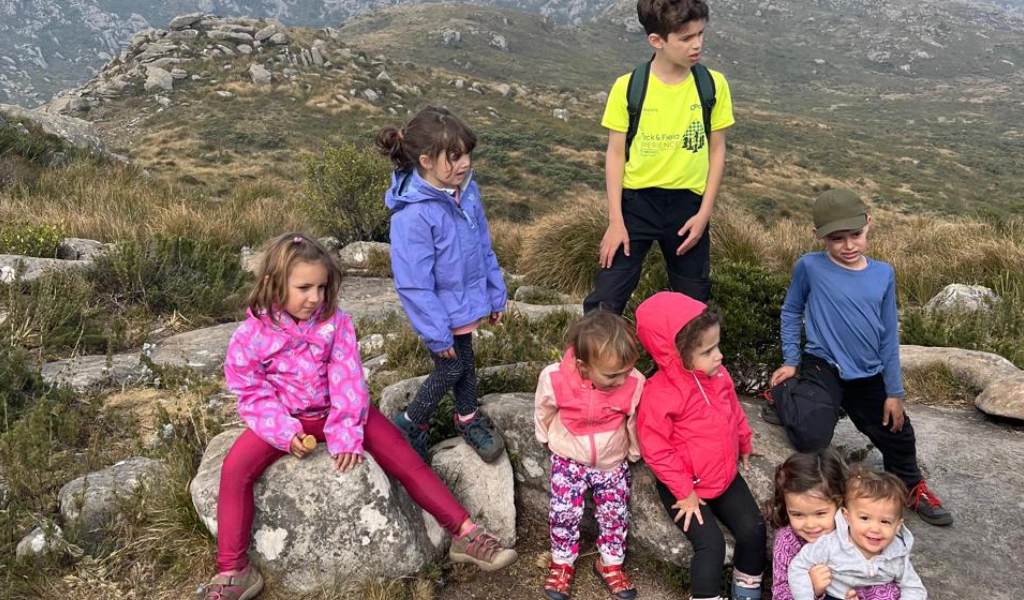
Photo: Cria Outdoor
Nature-Deficit Disorder is not a formal medical diagnosis but rather a term coined by the author to describe the growing disconnection between children and nature. According to him, rapid technological advancement, accelerated urbanization, and lifestyle changes have made children strangers to the environment they are biologically meant to inhabit.
According to Louv, this disconnection from nature has significant negative consequences. He argues that interaction with natural resources is fundamental to a child’s mental, physical, and emotional development. In contrast, nature-deficit may lead to problems such as obesity, depression, and even attention disorders.
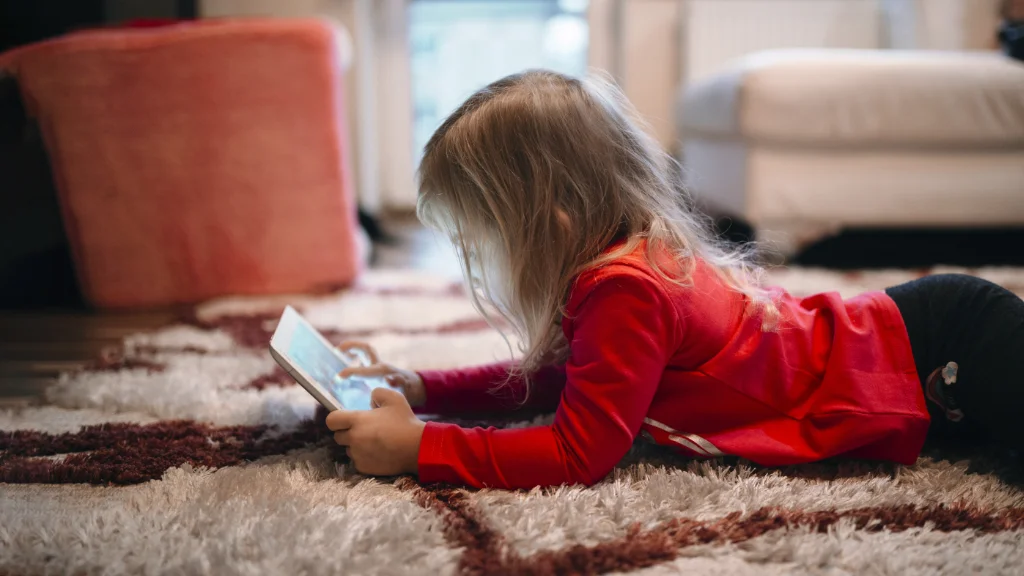
Photo: Freepik
The author bases his claims on an extensive review of scientific studies supporting the benefits of child-nature interaction. Research shows that playing in nature enhances physical fitness, boosts creativity, reduces stress, and improves focus. Conversely, a lack of interaction with nature has been linked to poor academic performance, behavioral disorders, and health issues such as obesity and myopia.
How to Combat Nature-Deficit Disorder
The question is: how do we combat Nature-Deficit Disorder in an increasingly urbanized and digitized society? Louv offers several solutions, starting with changes in the small environments of a child’s life.
At the family level, he suggests encouraging children to play outdoors as much as possible, perhaps even establishing “green hours” during which technology is set aside. Families can explore local parks, go camping, or even create gardens and wildlife habitats in their own spaces.
In the educational sphere, Louv advocates for “nature-based education”, in which schools integrate nature into their curriculum and daily activities. This may include regular outdoor classes, trips to parks and nature reserves, school gardening, and environmental projects. Unfortunately, it’s not simple, as most parents associate nature-based activities with extreme danger (something I’ve experienced since Mateus was a baby, when Laura and I invited other parents for hikes in the Tijuca Forest – some joined, but the vast majority declined the invitation).
At the community and governmental level, Louv calls for urban planning policies that prioritize green spaces and preserve nature. Investing in these spaces not only benefits children but also the community as a whole by offering leisure options, improving air quality, and increasing biodiversity.
Louv believes that only with integrated action across all these levels – individual, family, educational, and public – is it possible to effectively combat Nature-Deficit Disorder.
Success Stories and Program Examples
Louv’s concept has been a powerful driver for the movement to reconnect children with nature, leading to the creation of numerous school and community programs. One example is the “Forest School”. Originating in Denmark and now found worldwide, forest schools are based on the idea that regular contact with nature is essential for healthy child development. Sometimes also called “nature schools,” these institutions allow children to spend most of the day outdoors in all types of weather.
In these schools, children have the opportunity to explore, play, and learn in forest environments, developing practical skills – such as building shelters and identifying plants – as well as social and physical skills through unstructured play. More importantly, forest schools encourage respect for nature and foster a lasting connection with the natural world. Learning through exploration and real experiences provides significant cognitive, emotional, and physical developmental benefits for children.
The “Forest School” is therefore a direct reflection of Richard Louv’s philosophy and a response to the growing need to combat Nature-Deficit Disorder. Such programs illustrate how education and society can be transformed to bring children back to nature and reverse the troubling trend of NDD.
Current Outdoor Education Initiatives
I learned about this school concept through Deuter, as the brand developed a backpack specifically for children attending this type of kindergarten. The Waldfuchs backpack was created in collaboration with the Landesverband der Wald- und Naturkindergärten in Bayern (State Association of Forest and Nature Kindergartens in Bavaria) and is currently used in all OBB Kids programs by Outward Bound Brasil.
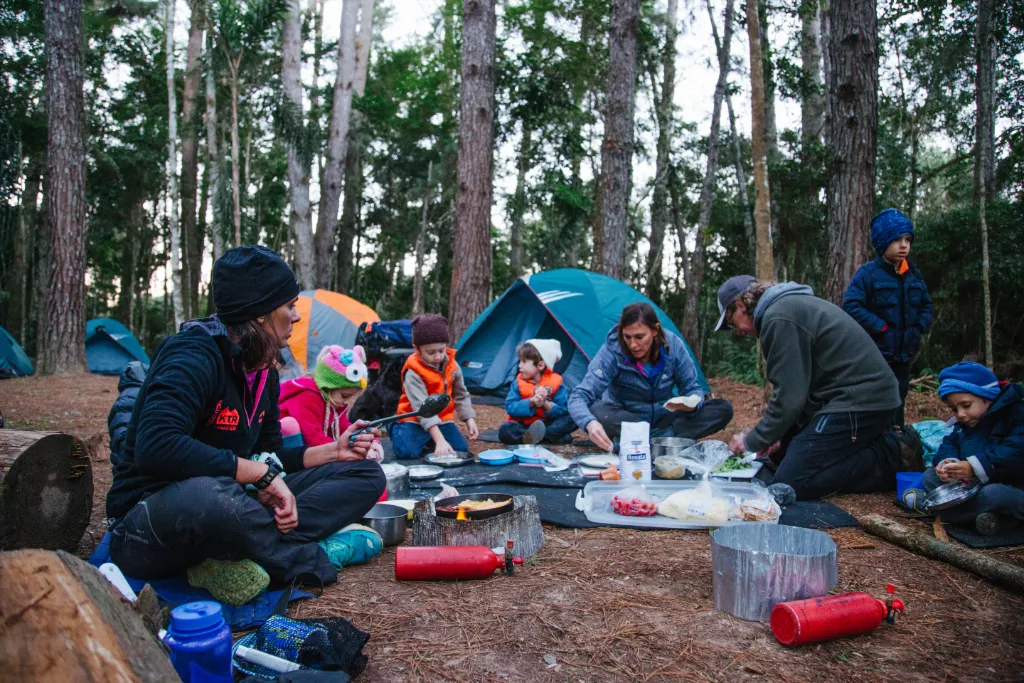
OBB Kids Program – Photo: Outward Bound Brasil Archive
In Barcelona, where I currently live, there is the Forest School Catalunya, which offers an immersive experience through a series of regular sessions over weeks, months, or an entire academic year. Children are taken in groups to the forest and spend hours engaging in activities such as exploration, facing challenges like building shelters, and using tools and materials found in the forest to create their own world of adventure and play. They work together and support one another in developing emotional, cognitive, and interpersonal skills.
In the USA, the Forest Kindergarten Association promotes the concept of outdoor education for young children through forest kindergarten programs. These programs offer an educational approach that integrates nature as the classroom, where children explore the natural environment and develop practical and cognitive skills through outdoor activities and immersive experiences. The association supports schools that adopt this model and provides resources and guidance for educators and families.
In Brazil, Outward Bound Brasil (OBB) offers programs for children, youth, and adults, aiming to develop interpersonal and technical skills through challenging outdoor experiences. Its programs focus on both Hard Skills (technical skills) and Soft Skills (social-emotional skills). Programs like OBB Kids, for children aged 3 to 6, and Parents and Children, for children aged 7 to 14, demonstrate how OBB uses nature immersion to promote children’s holistic development by encouraging collaboration, resilience, and self-confidence while providing opportunities to learn practical and technical skills in a natural environment.
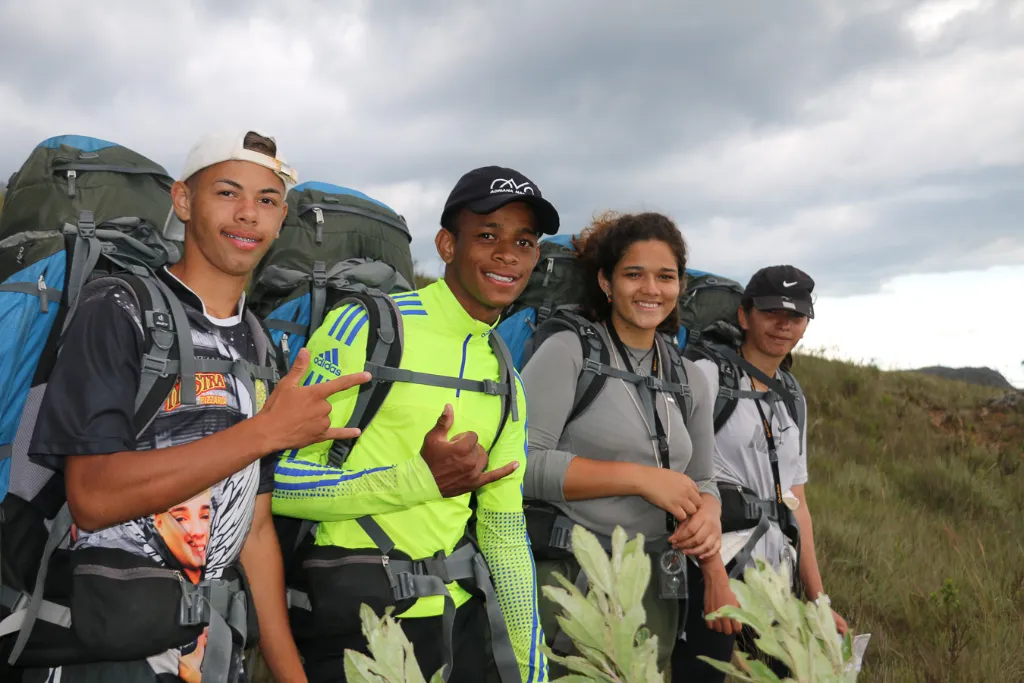
OBB Challenge – Photo: Outward Bound Brasil Archive
Although many may not believe it, babies and young children can also engage in immersive nature activities. This is the case with Cria Outdoor, a company specialized in providing outdoor experiences tailored to the needs and capabilities of the youngest. Cria Outdoor offers programs that involve exploration and learning activities in natural environments for children of different ages, including babies. These programs are designed to stimulate children’s natural curiosity and promote motor and cognitive development from an early age. By integrating nature into their activities, Cria Outdoor helps form an early and positive connection with the environment, supporting children’s healthy growth and emotional development.
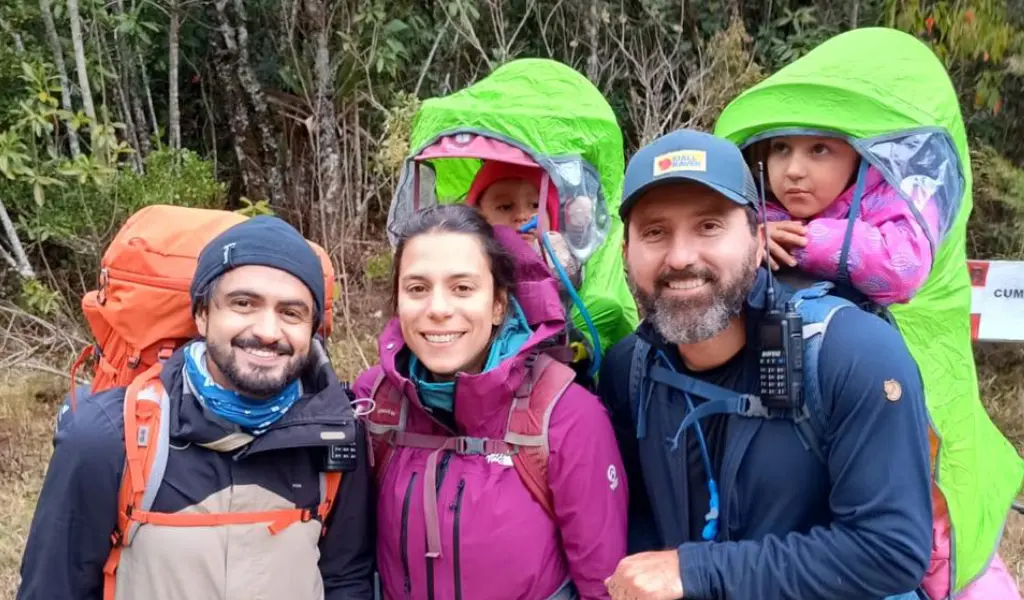
Photo: Cria Outdoor
Family in the Forest
At Gear Tips, we created “Family in the Forest,” an event designed to promote nature activities for families. We held a pilot event in the Tijuca Forest, RJ, in collaboration with Outward Bound Brasil (OBB) and the Instituto Moleque Mateiro (IMM). During the event, adults participated in a lecture titled “Nature: the offline that does good”, which addressed the importance of connecting with the environment. Meanwhile, children enjoyed an educational trail designed to engage them with nature in a fun and informative way. The event concluded with a group snack and a trail that allowed parents and children to integrate in a natural environment.
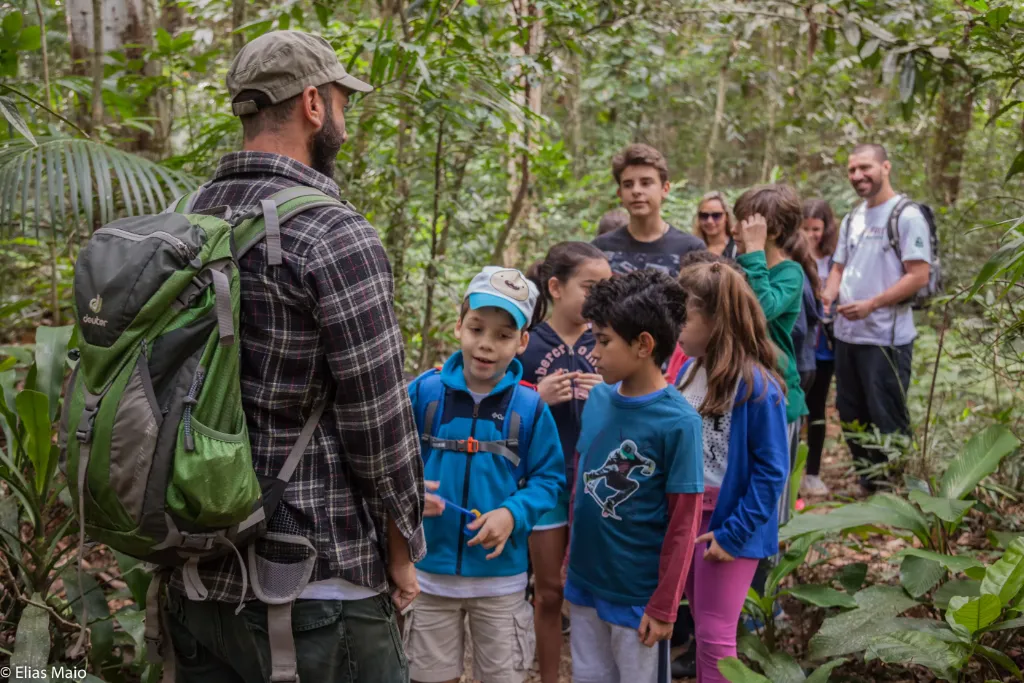
Family in the Forest – Photo: Elias Maio
Benefits of Regular Contact with Nature
1. Physical development: outdoor activities contribute to children’s physical development, improving motor coordination, strength, and overall fitness. Additionally, exposure to natural sunlight is an important source of vitamin D, essential for bone health.
2. Cognitive stimulation: contact with nature improves children’s concentration and learning capacity. Louv argues that nature provides a rich environment that engages all the senses, promoting better acquisition of new knowledge.
3. Mental health: time spent in nature has repeatedly been associated with better mental health. It can help reduce stress and anxiety levels and promote an overall sense of well-being. Additionally, exploring nature can help build resilience and self-confidence.
4. Creativity and imagination: playing and exploring outdoors gives children the opportunity to express creativity, find unique solutions to problems, and use their imagination in ways that structured indoor activities often do not allow.
5. Social and emotional development: nature offers unique opportunities for children to interact with others and learn about cooperation, negotiation, and conflict resolution. It can also help children develop greater empathy and respect for the environment and others.
It is important to note that while the list above highlights some of the many benefits attributed to contact with nature, this is a very active field of study, and researchers continue to explore the complex links between children’s well-being and their time outdoors.
However, beyond discussing benefits, it’s important to mention the harms that a lack of contact with the natural environment can cause in child development.
Harms of Lack of Contact with the Natural Environment
1. Physical inactivity: lack of outdoor activity is often associated with sedentary lifestyles, which can lead to childhood obesity and related health issues, such as type 2 diabetes.
2. Cognitive impairments: there is a correlation between exposure to nature and improved attention and concentration. Green environments can reduce ADHD symptoms (Attention-Deficit/Hyperactivity Disorder).
3. Mental health issues: lack of interaction with nature may increase the risk of mental health problems, including anxiety and depression. Nature has a calming effect and can help manage stress.
4. Emotional developmental deficits: interacting with natural environments helps develop resilience, autonomy, and the ability to manage risks. Without this interaction, children may experience hindered emotional development.
5. Decreased environmental appreciation: if children don’t form a connection with nature, they may be less likely to value and protect the environment as adults.
6. Limited imaginative development: outdoor activities stimulate creativity and imagination, which are limited when children spend too much time indoors, often in front of screens.
7. Sensory issues: nature stimulates all five senses; lack of natural exposure may result in less integrated and refined sensory development.
8. Impaired socialization: outdoor play teaches children to collaborate, resolve conflicts, and develop social skills. Lack of these opportunities can negatively affect this development.
If you’re interested in exploring this topic further, read Last Child in the Woods. Louv’s book is a great resource, as it compiles a vast number of studies that support his proposition about nature-deficit and its negative impact on child development.
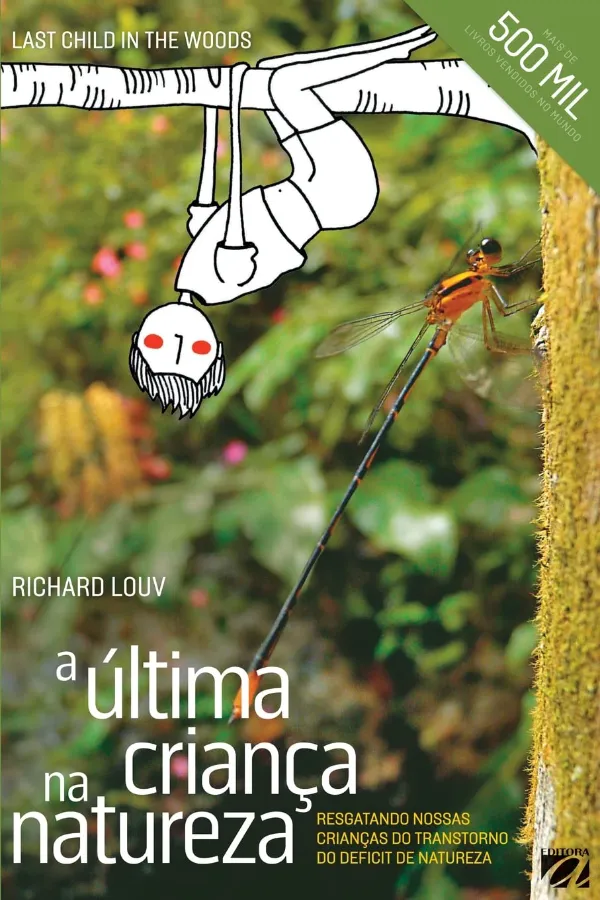
This post is also available in: Português (Portuguese (Brazil)) Español (Spanish)
